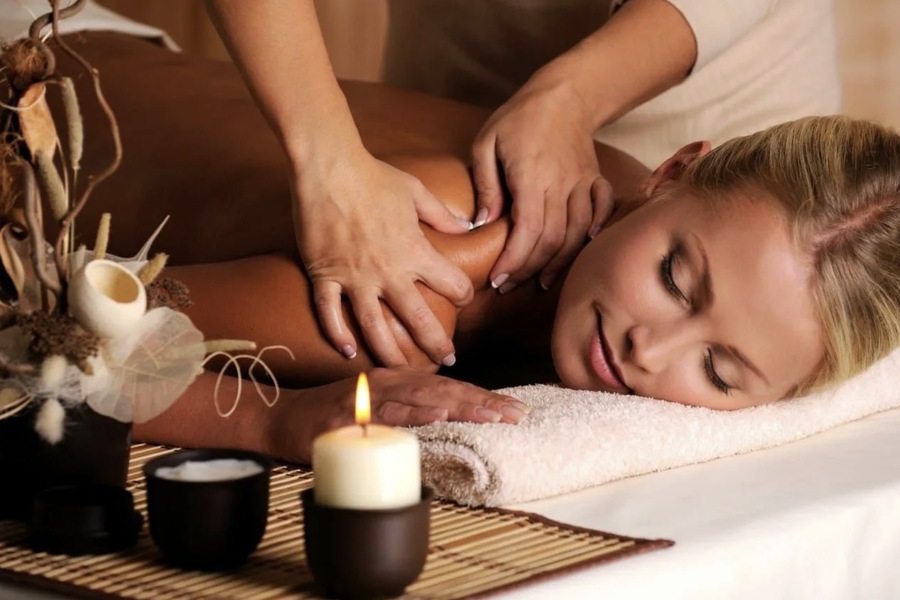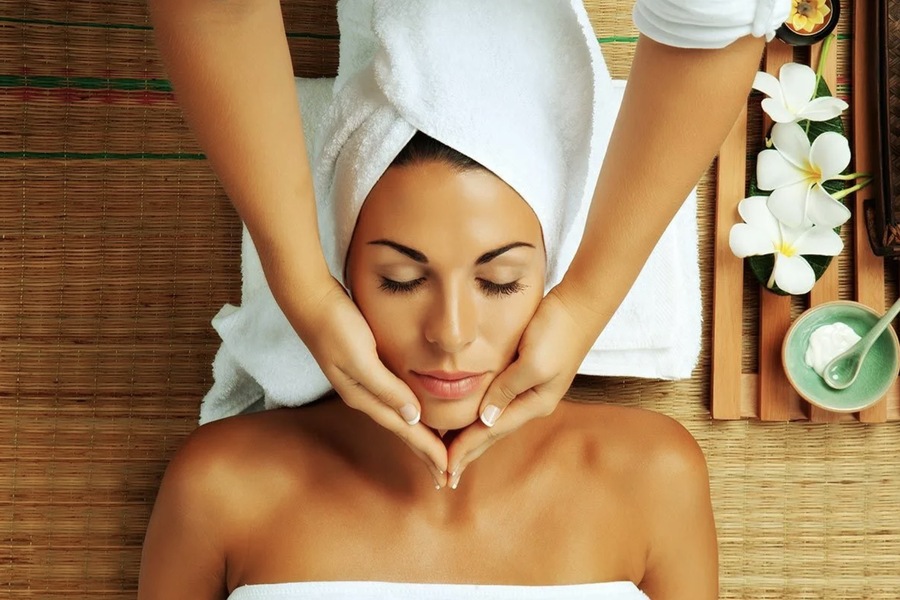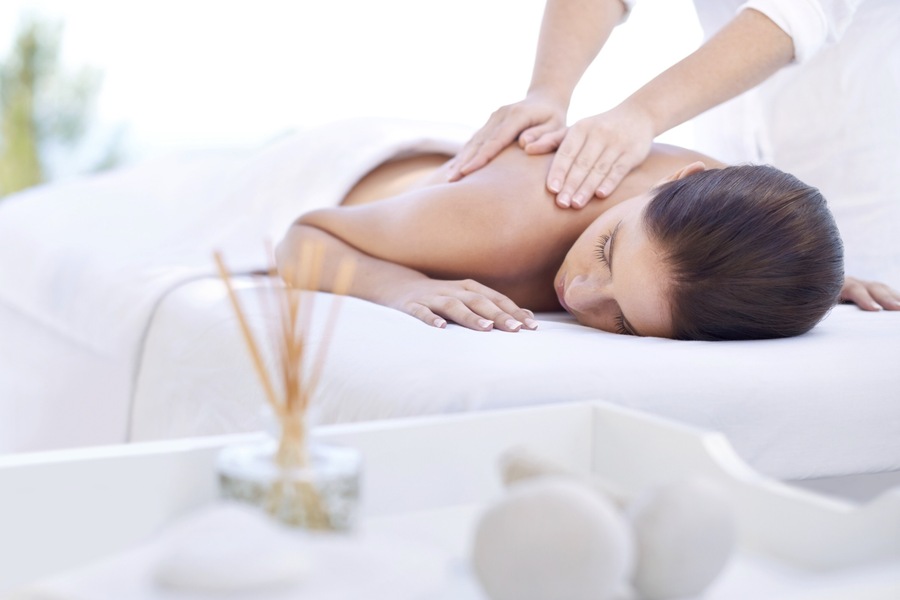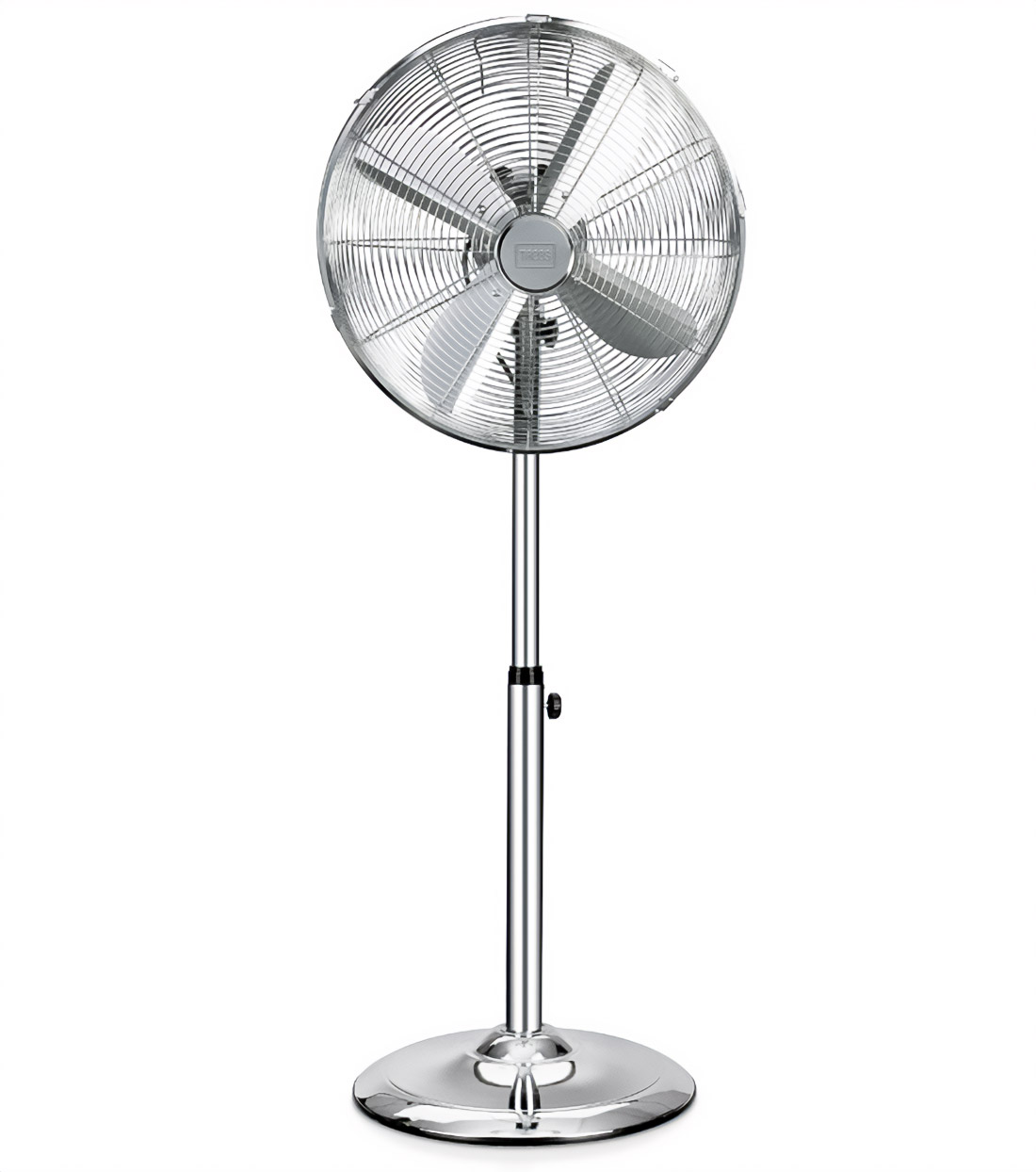Spa procedures have long been regarded as one of the most effective ways to achieve relaxation, rejuvenation, and overall well-being. Their origins trace back several centuries to ancient civilizations, where therapeutic baths, massages, and skincare practices were used to promote health and beauty. Today, these treatments have evolved into a wide variety of offerings, merging time-honored techniques with modern advancements in wellness. The word “SPA,” originally an acronym for “Sanitas Per Aquam,” meaning “health through water,” has become synonymous with indulgent self-care that benefits both body and mind. Whether you’re visiting a renowned Dubai massage spa or another wellness center, beyond just pampering, spa treatments are powerful tools for improving physical, mental, and emotional health.
The Evolution of Spa Procedures
Historically, the concept of spa treatments has deep roots. Ancient Egyptians used essential oils and aromatic baths for both relaxation and religious rituals. The Greeks and Romans built public bathhouses where people would engage in physical cleansing, relaxation, and socializing. In traditional Eastern cultures, hot springs, herbal treatments, and massages have been central to health maintenance and energy balancing for thousands of years. Modern spas have incorporated many of these practices while also utilizing cutting-edge technology, new scientific knowledge, and personalized treatments tailored to individual needs.
From thermal baths to high-tech facial treatments, the essence of spa procedures remains the same: promoting health, relaxation, and rejuvenation. Spas today are centers of wellness offering a wide range of therapeutic options that cater to different aspects of the body, including skin care, muscle relaxation, detoxification, and stress management.

Key Benefits of Spa Treatments
1. Relaxation and Stress Relief
Stress has become an inevitable part of modern life, and many individuals seek spas as sanctuaries where they can unwind and reset. The effects of stress manifest both mentally and physically, often leading to conditions such as tension headaches, muscle stiffness, and even insomnia. Spa treatments provide a holistic approach to stress relief, with services such as massages, aromatherapy, and thermal therapies working synergistically to relieve physical tension while calming the mind. The soothing atmosphere of a spa, combined with expert care, creates an environment where stress melts away.
Aromatherapy, for instance, uses essential oils that interact with the limbic system in the brain, which is responsible for emotions and memory. Oils like lavender, eucalyptus, and chamomile have been shown to reduce stress hormones, promoting deep relaxation. Massages, particularly deep tissue or Swedish, work to release knots in muscles, improve circulation, and alleviate the physical strain that stress can cause on the body. Together, these treatments rejuvenate both body and mind, helping individuals return to daily life feeling refreshed.
2. Improved Skin Health
One of the most noticeable benefits of spa treatments is the improvement in skin health. Our skin is constantly exposed to environmental factors such as pollution, sun damage, and lifestyle-related issues like dehydration and stress, all of which can dull the complexion and contribute to premature aging. Spa treatments specifically designed for skin care can reverse these effects and promote a healthy, glowing complexion.
Facial treatments at spas go beyond basic cleansing. They incorporate techniques like exfoliation, steaming, extraction, and masks tailored to specific skin types. Anti-aging facials, for example, use products rich in antioxidants and peptides to stimulate collagen production, reduce fine lines, and improve skin elasticity. Hydrating facials target dry skin, restoring moisture balance and reducing flakiness. Spa treatments like microdermabrasion, chemical peels, and LED light therapy are also becoming popular for their ability to address issues like acne scars, hyperpigmentation, and uneven texture. Regular spa facials ensure that the skin is constantly rejuvenated, enhancing both health and appearance.
3. Detoxification of the Body
Toxins from our environment, food, and even the air we breathe can accumulate in our bodies, affecting our overall health. Detoxification is an essential part of maintaining wellness, and spa treatments offer several methods to help flush out these harmful substances. From saunas to hydrotherapy, spas have developed a range of detoxifying treatments that stimulate the body’s natural cleansing processes.
The heat from saunas or steam rooms opens the pores and induces sweating, which is the body’s natural way of eliminating toxins. Coupled with cold water plunges, these treatments help to stimulate circulation and the lymphatic system, promoting the removal of waste from the body. Another popular spa detox method is body wraps, where the body is wrapped in detoxifying materials such as clay, seaweed, or herbal infusions. These wraps draw out toxins, reduce water retention, and leave the skin feeling firm and toned. Treatments like lymphatic drainage massages also target the lymphatic system, enhancing the body’s ability to filter and eliminate toxins naturally.
4. Improved Sleep Quality
Sleep is essential for physical and mental health, yet many people struggle with achieving deep, restful sleep. Spa treatments offer an effective solution for those dealing with insomnia or poor sleep quality. Treatments such as aromatherapy massages, warm baths, and sound therapy help the body and mind transition into a more relaxed state, making it easier to fall asleep and stay asleep.
Massages, particularly those focusing on the neck, shoulders, and back, can release physical tension that often contributes to restlessness. Spa treatments that incorporate calming scents like lavender or chamomile create a soothing sensory experience that signals to the brain it’s time to unwind. Many spas also offer specialized treatments such as “sleep massages,” where particular techniques are used to calm the nervous system, reduce anxiety, and prepare the body for sleep. Regular spa visits can have long-lasting effects on sleep patterns, helping individuals enjoy deep, restorative sleep consistently.
5. Increased Self-Esteem and Confidence
In addition to the physical benefits, spa treatments offer significant psychological and emotional advantages. The process of being pampered and taking care of one’s appearance has a profound effect on self-esteem and confidence. Looking good often translates to feeling good, and when individuals feel well-groomed, they naturally exude more confidence.
Facials, manicures, pedicures, and body scrubs all contribute to an enhanced sense of well-being. For many, the effects of spa treatments are immediate—skin looks clearer, muscles feel more relaxed, and stress is noticeably reduced. The act of caring for oneself through spa treatments promotes self-love and self-worth, allowing individuals to feel more attractive and confident in their daily lives.
Types of Spa Treatments
1. Facial Treatments
Facial treatments cater to a variety of skin concerns, ranging from hydration and anti-aging to acne and pigmentation. Popular facial treatments include exfoliation scrubs, rejuvenating masks, peels, and collagen-boosting serums. For individuals seeking to reverse the signs of aging, anti-wrinkle facials using peptides, hyaluronic acid, and antioxidants can reduce fine lines and restore youthful firmness to the skin.
Some advanced facial treatments include microdermabrasion, which gently sands the skin to remove the thicker outer layer and promote cell regeneration. LED light therapy is another cutting-edge facial treatment that uses specific wavelengths of light to target acne, reduce inflammation, and increase collagen production.
2. Hair Treatments
Hair treatments are often overlooked, but the scalp and hair need as much care as the rest of the body. Spas offer a variety of treatments aimed at improving hair health and appearance. Hair masks and scalp treatments are designed to nourish the roots, increase shine, and prevent hair thinning. Hair lamination, for example, seals in moisture and nutrients, creating a smooth, glossy finish that makes hair more manageable. Scalp detox treatments help to clear away product buildup and excess oils, leading to healthier hair growth.
3. Body Treatments
Body treatments are an essential part of spa offerings, focusing on the skin, muscles, and overall physical rejuvenation. Popular body treatments include scrubs, body wraps, and massages. Body scrubs are designed to exfoliate dead skin cells, revealing smoother, softer skin beneath. These are often followed by moisturizing wraps that hydrate and firm the skin.
Massages, from the gentle strokes of a Swedish massage to the deeper pressure of a deep tissue massage, are designed to relieve muscle tension, improve circulation, and detoxify the body. Massages are highly customizable, allowing therapists to target specific problem areas such as the back, neck, or legs, and relieve pain from chronic conditions or physical strain.
4. Hand and Foot Care
Hands and feet are often exposed to harsh conditions, making spa treatments in these areas crucial for maintaining healthy skin and nails. Paraffin hand treatments are particularly popular, using warm wax to moisturize and soften the skin. Foot treatments often include exfoliation, nail care, and foot massages, which improve circulation, relieve swelling, and prevent calluses.

Essential Spa Etiquette and Tips
Spa treatments provide numerous benefits, but to make the most of the experience, certain precautions and preparations should be taken.
1. Consulting a Doctor
While spa treatments offer relaxation and wellness benefits, individuals with specific health conditions—such as heart problems, diabetes, or pregnancy—should consult a doctor before booking certain treatments. High temperatures from saunas or certain types of massages could aggravate certain conditions, so it’s important to ensure the treatments are safe.
2. What to Bring
Although spas provide basic amenities like towels, slippers, and robes, it’s recommended to bring personal items like swimsuits, especially if you plan to use the sauna or pool. Bringing a bottle of water to stay hydrated is also crucial, as many treatments encourage the release of toxins through sweat and require adequate hydration for the best results.
3. Pre-Spa Considerations
It’s advised not to eat heavy meals before spa visits. Opting for a light snack a couple of hours before the treatment will help avoid discomfort during the procedure. Additionally, shaving or waxing before certain treatments, especially those that involve exfoliation or scrubs, is discouraged, as it could lead to skin irritation.
4. Post-Spa Relaxation
Spa treatments often leave the body feeling deeply relaxed, and it’s recommended to continue resting after the session to allow the body to fully absorb the benefits. After a massage or body wrap, taking a warm shower is encouraged to remove any remaining oils or scrubs.
Conclusion
Spa treatments offer a holistic approach to wellness that transcends mere physical benefits. By nurturing the body, mind, and spirit, spa procedures provide profound relaxation, improved skin health, detoxification, better sleep quality, and enhanced self-esteem. Whether it’s a facial to rejuvenate the skin, a massage to relieve tension, or a full-body wrap to detoxify, the power of spa treatments lies in their ability to improve overall health and well-being. Regular spa visits can become an integral part of one’s self-care routine, offering not just indulgence but also long-term health benefits that enhance both appearance and emotional wellness.

he brings a blazing critical intelligence to bear as well as novelistic skills in assembling a great life of a great writer. I love this book.



